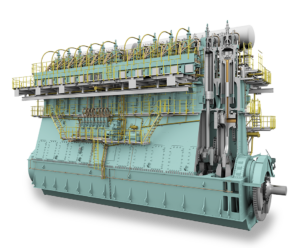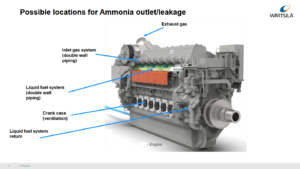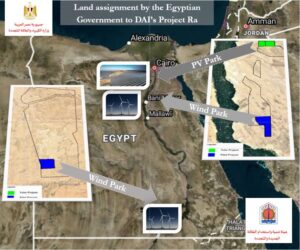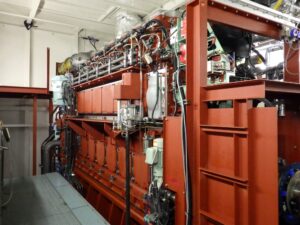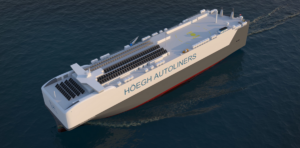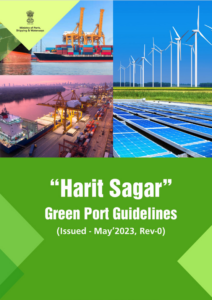New marine engine collaboration, safety systems and key AiPs awarded
A new MoU between WinGD and Mitsubishi Shipbuilding will see the deployment of WinGD’s X-DF-A ammonia-fueled engines to a range of vessels. In Norway, Wärtsilä has unveiled a safety system designed for continuous onboard monitoring of ammonia leaks, featuring a staged combustion process to deal with accidental releases. And classification society DNV has awarded AiP to two significant ammonia-fueled vessel designs: the MS NoGAPs, and Viridis Bulk Carriers’ short sea bulk carrier.
